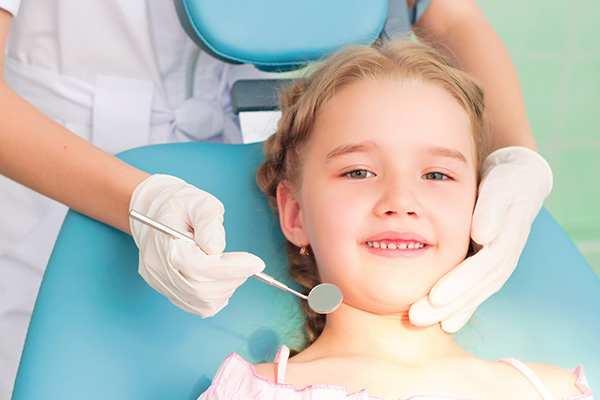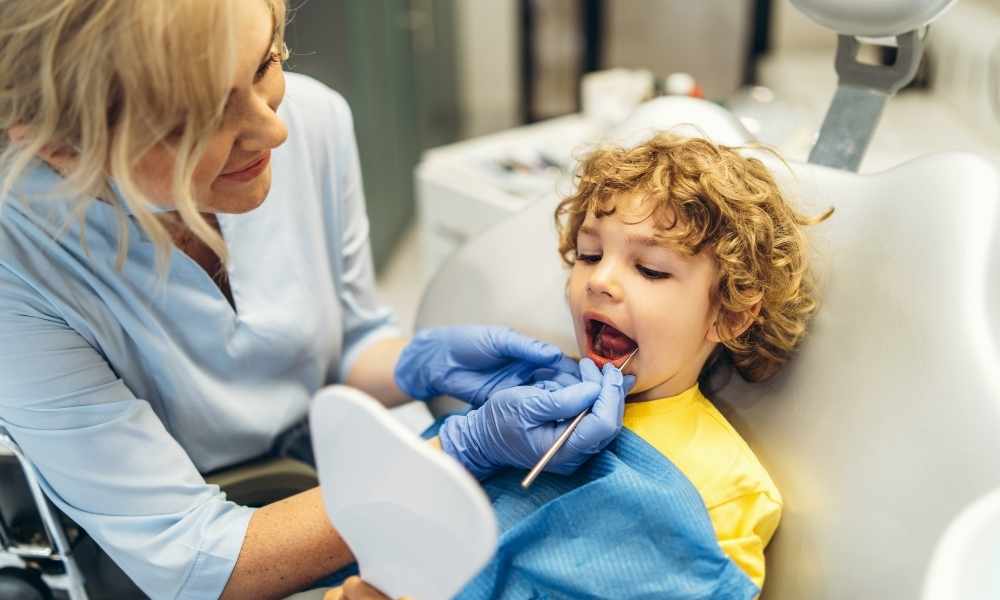Pediatric Dentistry: The Solution for Dental Anxiety in Kids
Dental visits can be nerve-wracking for kids. Much like a knight needs armor, children need protection against dental anxiety. Pediatric dentistry offers this support. By focusing on gentle techniques and creating a child-friendly environment, dentists help ease fear. One approach includes using tools like phoenix sealants to guard against cavities. These sealants act as a shield, making the experience less daunting and more positive.
Understanding Pediatric Dentistry
Pediatric dentistry is more than just miniature dental tools. It’s a specialized field focusing on the unique needs of a child’s oral health. These dentists undergo additional training to understand how to communicate with kids effectively and manage their behavior during visits. This creates an environment where children feel safe and understood.
Why Kids Fear the Dentist
Anxiety in children often stems from the unknown. Strange instruments, unfamiliar sounds, and the fear of pain can all contribute to dental anxiety. Pediatric dentists use techniques to alleviate these fears, such as introducing tools playfully or using kid-friendly language to explain procedures. This approach minimizes fear and builds trust.
Pediatric Strategies for Reducing Anxiety
Pediatric dentists use several strategies to ease anxiety:
- Tell-Show-Do: Dentists explain what they will do, show how it’s done on a model or finger, and then perform the procedure.
- Positive Reinforcement: Offering simple rewards like stickers or small toys after a successful visit encourages a positive association.
- Distraction Techniques: Using videos, music, or stories to divert attention from the procedures.
The Role of Preventive Care
Preventing dental problems before they start is key to reducing anxiety. Regular check-ups, cleanings, and treatments like sealants help protect teeth. Preventive care means fewer invasive procedures, which reduces stress during visits. According to the Centers for Disease Control and Prevention, good preventive care can significantly decrease the risk of cavities in children.

Comparing Traditional vs. Pediatric Dentistry Approaches
| Aspect | Traditional Dentistry | Pediatric Dentistry |
| Environment | Standard clinical setting | Colorful, child-friendly decor |
| Communication | Direct, adult-oriented | Playful and age-appropriate |
| Techniques | General procedures | Specialized for children |
Parental Involvement
Parents play a crucial role in easing dental anxiety. Preparing children for visits by discussing what to expect can help reduce fear. Reading books about visiting the dentist or playing pretend games can familiarize kids with the process. The American Academy of Pediatrics suggests that accompanying children during dental visits can also provide comfort.
Conclusion
Pediatric dentistry offers a compassionate approach to children’s oral health. By addressing anxiety with specialized techniques and creating a supportive environment, it transforms the dental experience into a positive one. With the right preventive care and strategies, children can grow up without fear of the dentist, ensuring a lifetime of healthy smiles.


